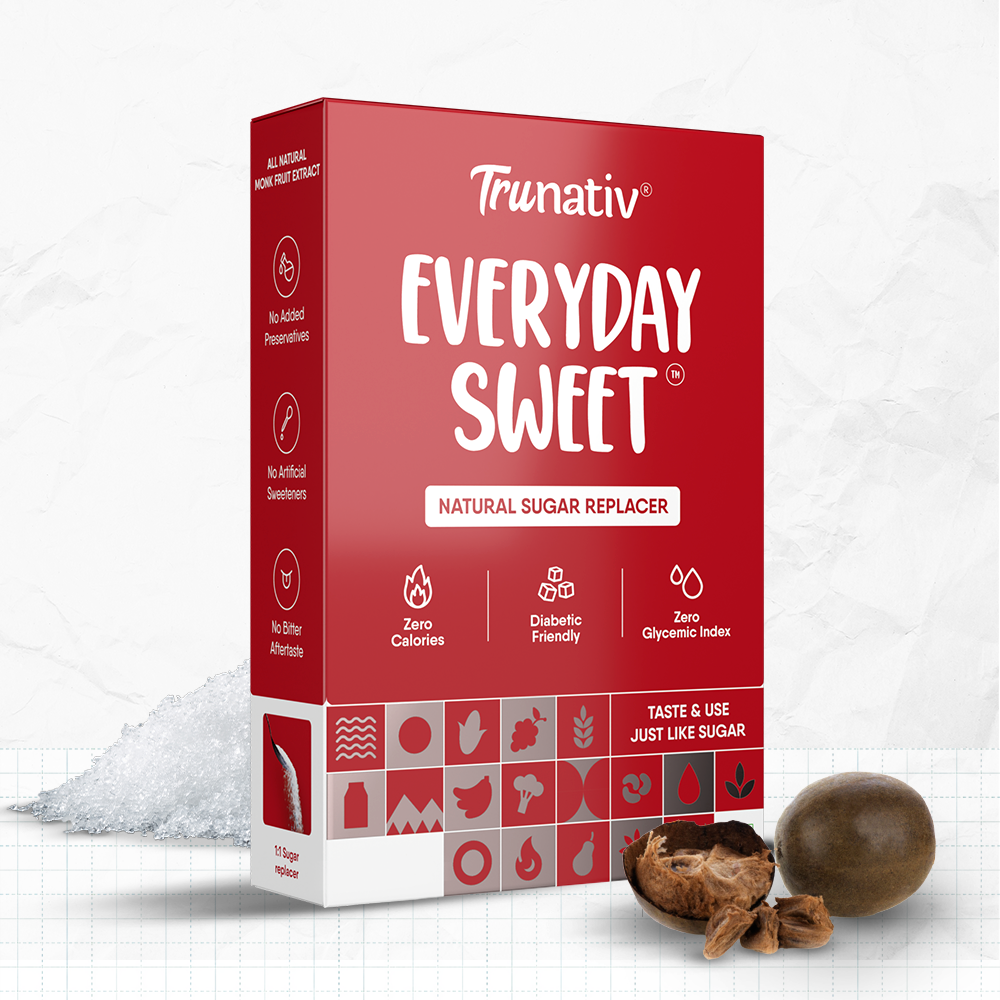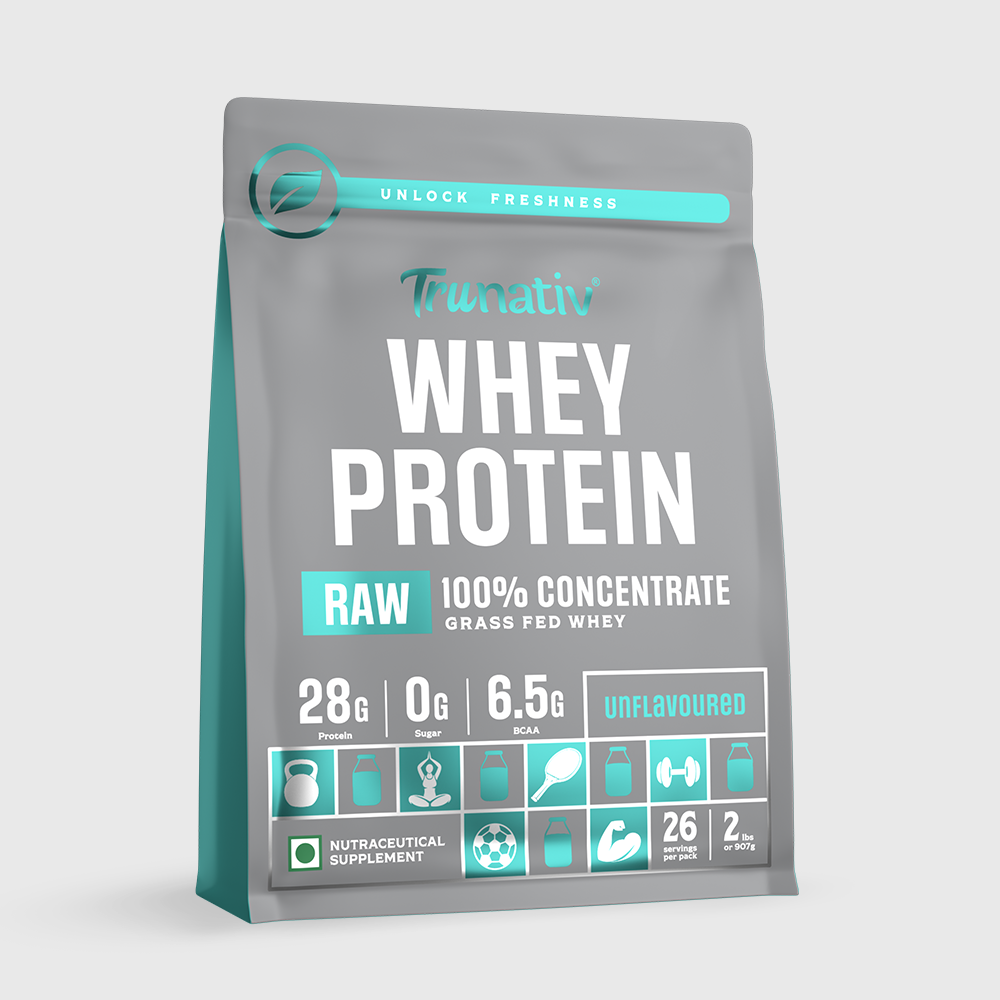

· By AMISHA SHUKLA
Dietary fiber: Important for a healthy diet

Consume more fiber. You've presumably heard it before. But do you understand why fiber is so useful for your health?
Dietary fiber — discovered mainly in fruits, vegetables, whole grains, and legumes — is likely best known for stopping or reducing constipation. But foods having fiber can also deliver other health advantages, such as helping to maintain a healthy weight and reducing your risk of diabetes, heart disease, and some types of cancer.
Picking tasty foods that supply fiber isn't difficult. But, first, find out how much dietary fiber you require, the foods that have it, and how to add them to meals and snacks.
What is dietary fiber?
Dietary fiber, also called roughage or bulk, contains the parts of plant foods your body can't digest or absorb. Unlike other food ingredients, such as fats, proteins, or carbohydrates — which your body breaks down and digests — your body doesn't digest fiber. Instead, it passes somewhat intact through your stomach, small intestine, and colon and out of your body. Fiber is generally classified as soluble, which liquefies in water, or insoluble, which doesn't dissolve.
- Soluble fiber. This kind of fiber dissolves in water to create a gel-like material. It can assist in lowering blood cholesterol and glucose levels. Soluble fiber is discovered in oats, peas, beans, apples, citrus fruits, carrots, barley, and psyllium.
- Insoluble fiber. This kind of fiber enables the movement of material through your digestive system. It grows stool bulk, so it can help those who labor with constipation or irregular stools. Whole-wheat flour, wheat bran, nuts, beans, and vegetables, such as cauliflower, green beans, and potatoes, are good sources of insoluble fiber.
The quantity of soluble and insoluble fiber differs in different plant foods. Therefore, eat a wide variety of high-fiber foods to receive the greatest health benefit.
Benefits of a high-fiber diet
A high-fiber diet:
- Normalizes bowel movements. Dietary fiber increases the weight and size of your stool and softens it. A bulky stool is easier to pass, decreasing your chance of constipation. If you have loose, watery stools, fiber may assist in solidifying the stool because it soaks water and adds bulk to it.
- Supports maintaining bowel health. A high-fiber diet may reduce your risk of acquiring hemorrhoids and small pouches in your colon (diverticular disease). Studies have also discovered that a high-fiber diet presumably decreases the danger of colorectal cancer. Some fiber is fermented in the colon. Researchers are examining how this may play a part in controlling colon diseases.
- Lowers cholesterol levels. Soluble fiber found in beans, oats, flaxseed, and oat bran may lower total blood cholesterol levels by reducing low-density lipoprotein, or "bad," cholesterol levels. Studies also have revealed that high-fiber foods may have other heart-health advantages, such as lowering blood pressure and inflammation.
- Helps control blood sugar levels. In people with diabetes, fiber — particularly soluble fiber — can slow the absorption of sugar and help lower blood sugar levels. A healthy diet that has insoluble fiber may also reduce the risk of developing type 2 diabetes.
- Aids in acquiring a healthy weight. High-fiber foods tend to be more filling than low-fiber foods, so you presumably eat less and remain satisfied longer. And high-fiber foods take longer to eat and are less "energy-dense," meaning they have fewer calories for the same amount of food.
- Enables you to live longer. Studies indicate that raising your dietary fiber intake — especially cereal fiber — lowers the risk of dying from cardiovascular disease and all cancers.
Your best fiber choices
If you aren't getting enough fiber each day, you may require to increase your intake. Good choices include:
- Whole-grain products
- Fruits
- Vegetables
- Beans, peas, and other legumes
- Nuts and seeds
- Refined or processed foods — such as canned fruits and vegetables, pulp-free juices, white pieces of bread and pasta, and non-whole-grain cereals — are lower in fiber. This is because the grain-refining procedure extracts the outer coat (bran) from the grain, reducing its fiber content. As a result, enriched foods have some B vitamins, and iron counted back after processing, but not fiber.
To Conclude
To lower your risk of diverticulitis, you should add high-fiber foods to each meal. Strive for up to half your plate to include some fiber-rich food.
However, be mindful about consuming a lot of fiber at once. Overdoing it can induce gas, bloating, diarrhea, and abdominal cramps as your gut bacteria try to process all the new fiber. These problems disappear after a while as your digestive system gets used to the higher fiber levels, but you can bypass them by slowly adding extra fiber to your diet.
Also, drink plenty of fluids daily—about 16 ounces of water, four times a day. Increasing your water can help the fiber pass through your digestive system and detour stomach distress.














